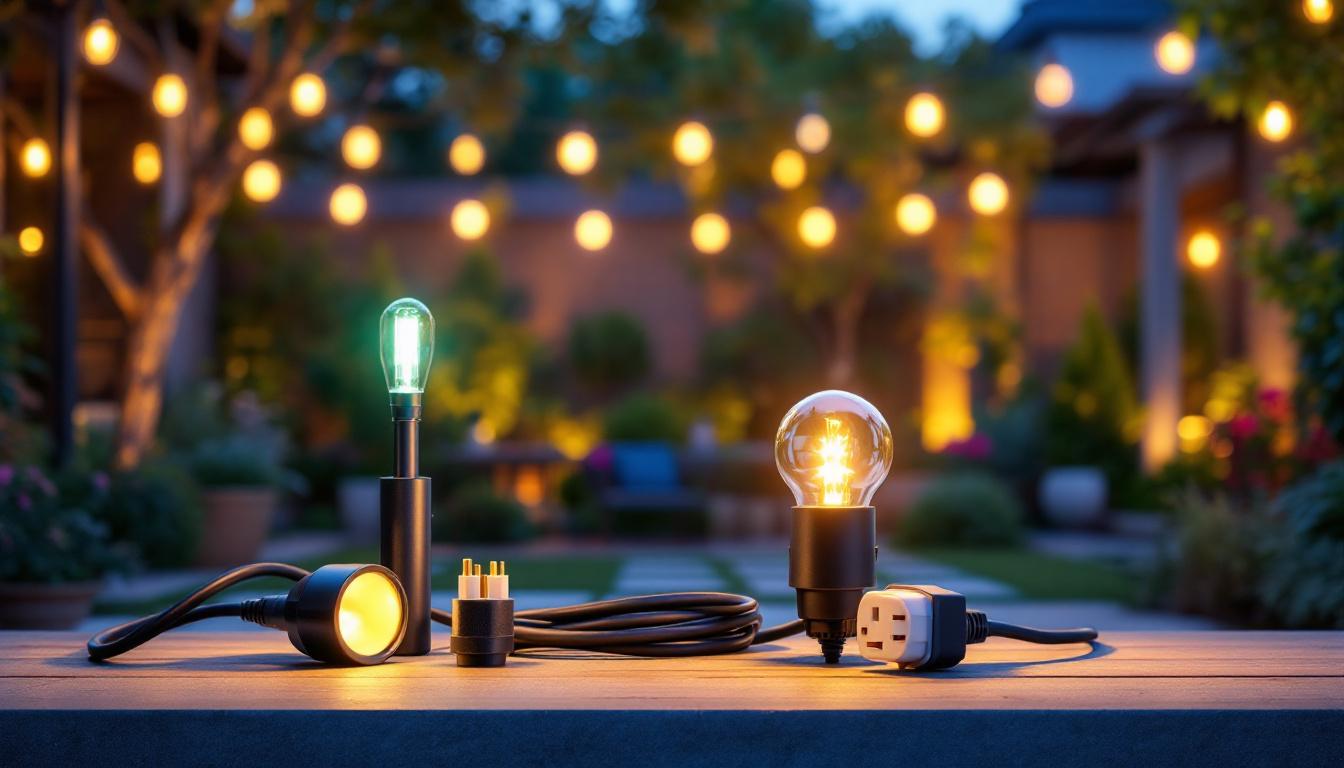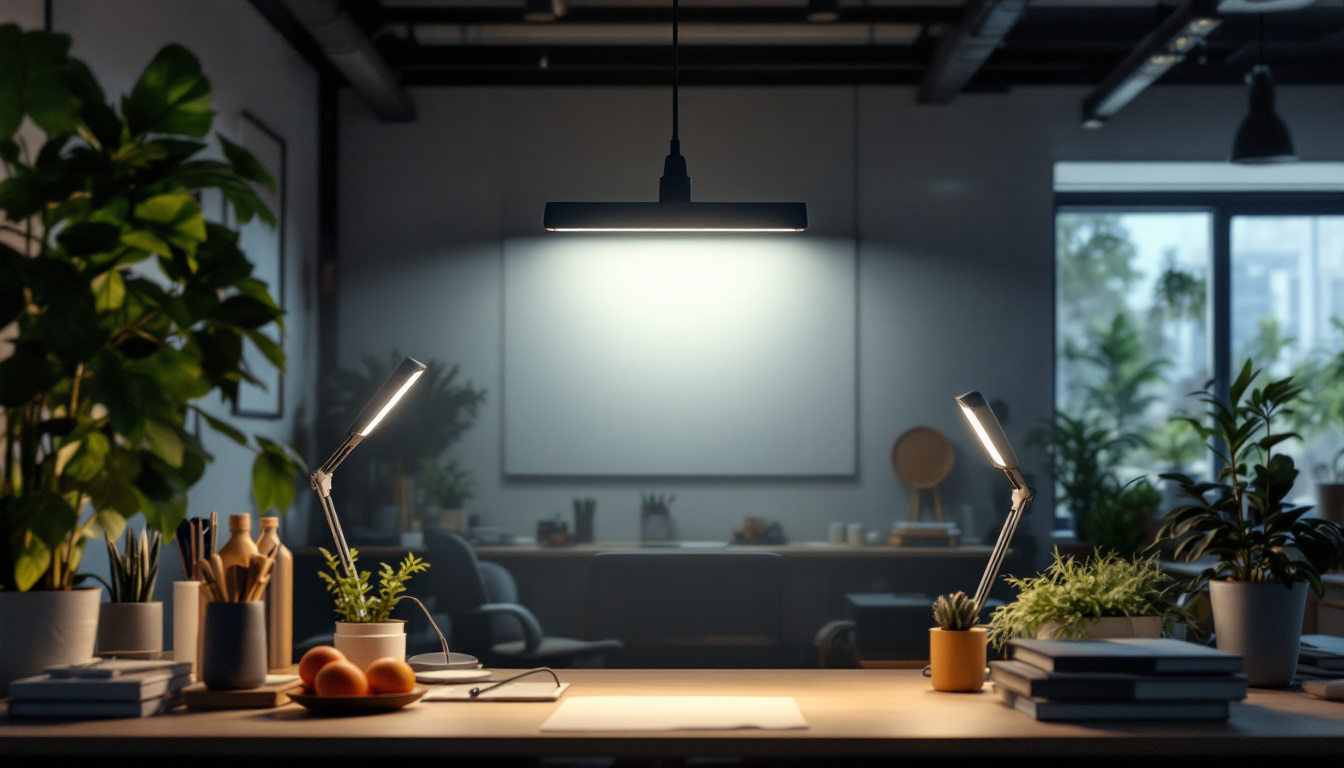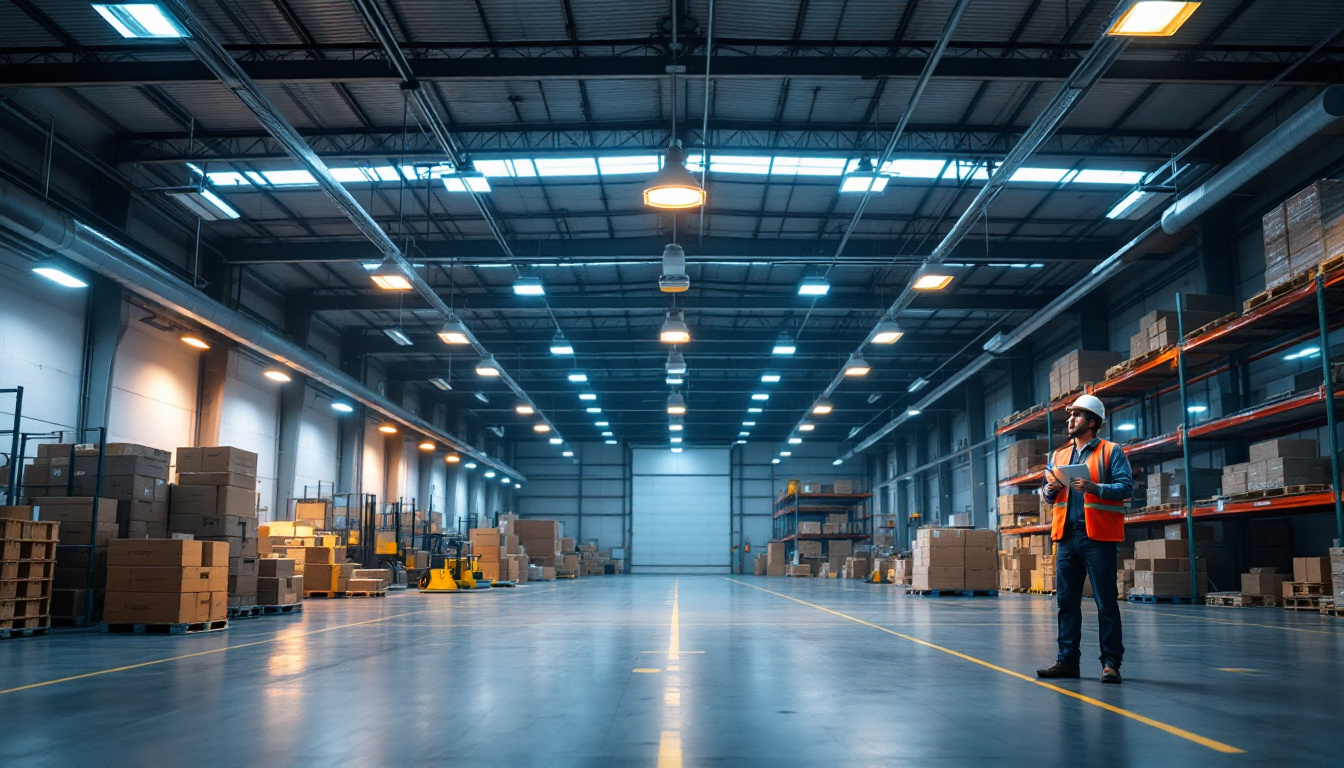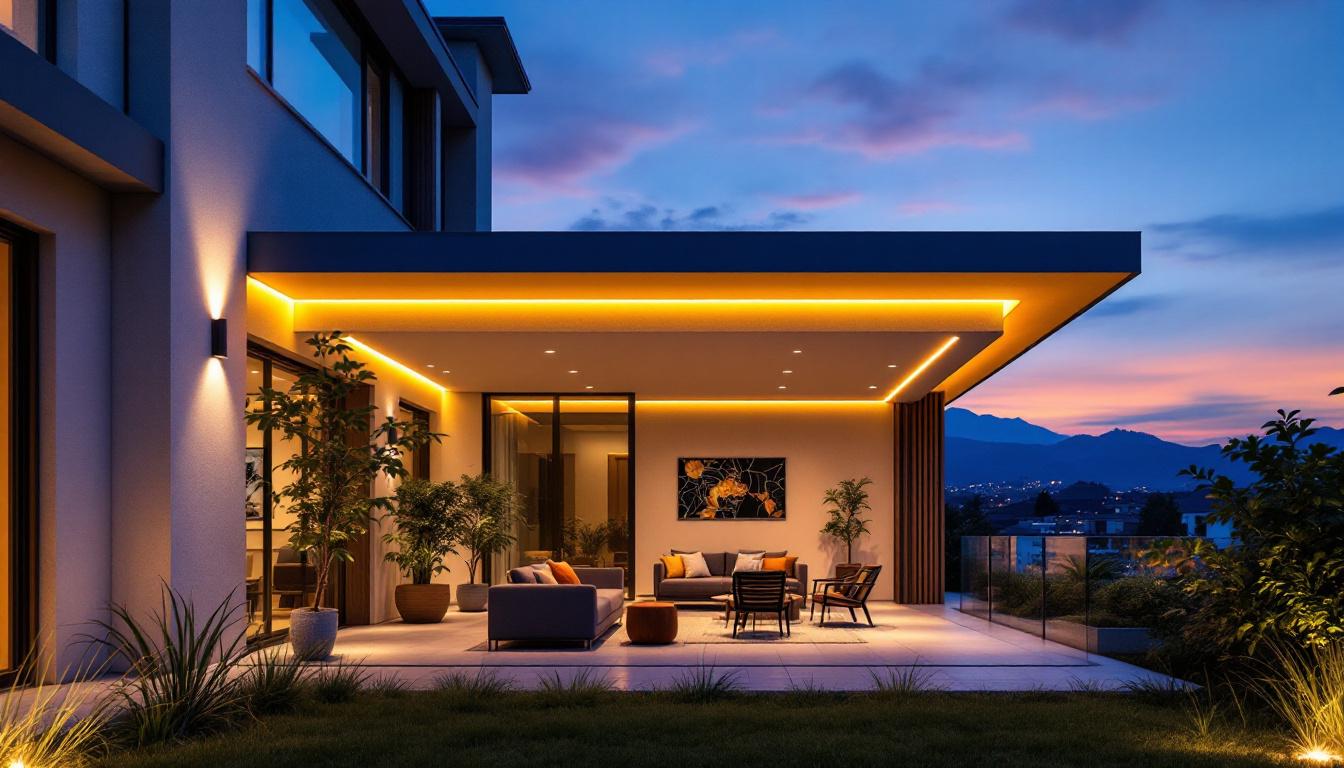
In the realm of outdoor lighting, the importance of selecting the right plugs cannot be overstated. For lighting contractors, understanding the various types of plugs available, their applications, and the safety considerations involved is crucial for delivering high-quality installations. This article delves into the essential aspects of plugs for outside lights, providing valuable insights for professionals in the field.
Outdoor lighting plugs are designed to connect lighting fixtures to power sources while ensuring durability and safety in various weather conditions. These plugs come in different types, each suited for specific applications and environments. Knowing the differences can help contractors make informed decisions when selecting plugs for their projects.
There are several types of plugs that contractors may encounter when working with outdoor lighting. Each type serves a distinct purpose and offers unique benefits. Here are some of the most common types:
When selecting plugs for outdoor lighting, several key features should be taken into account:
Additionally, it is important to consider the electrical specifications of the plugs, such as voltage and amperage ratings, to ensure they are compatible with the lighting fixtures being used. This compatibility is crucial for preventing electrical faults that could lead to circuit overloads or potential hazards. Furthermore, some outdoor plugs come with built-in circuit breakers or fuses, providing an extra layer of safety by automatically cutting off power in case of a short circuit or overload, which is particularly beneficial in outdoor settings where moisture can be a concern.
Another aspect worth exploring is the aesthetic appeal of outdoor lighting plugs. While functionality is paramount, many manufacturers are now offering plugs in various colors and designs that can blend seamlessly with outdoor decor. This attention to design allows contractors and homeowners alike to maintain a cohesive look in their outdoor spaces, whether they are illuminating a garden path, highlighting architectural features, or creating a cozy ambiance for outdoor gatherings. By selecting the right outdoor lighting plugs, one can enhance not only the safety and efficiency of their lighting system but also its visual appeal.
Proper installation is crucial for ensuring the longevity and safety of outdoor lighting systems. Lighting contractors should adhere to best practices when installing plugs for outside lights.
The placement of outdoor plugs is essential for both functionality and safety. Here are some guidelines to follow:
In addition to these considerations, it’s important to think about the overall aesthetic of the outdoor space. The strategic placement of plugs can enhance the beauty of the landscape while ensuring that the lighting fixtures are effective. For instance, placing plugs near pathways or garden beds can provide illumination where it is most needed, creating a welcoming atmosphere. Moreover, consider the direction of light; positioning plugs to support fixtures that cast light upward can highlight trees or architectural features, adding depth and dimension to the outdoor environment.
Proper wiring and connections are vital for the safe operation of outdoor lighting systems. Contractors should follow these best practices:
Furthermore, it is essential to consider the environmental factors that could affect the wiring over time. For instance, exposure to UV rays can degrade insulation, so using UV-resistant materials can prolong the lifespan of the wiring. Additionally, in areas prone to extreme weather conditions, such as heavy rain or snow, using weatherproof junction boxes can protect connections from the elements. Contractors should also be mindful of local codes and regulations regarding outdoor electrical installations, as compliance is not only a legal requirement but also a significant factor in ensuring safety and reliability.
Safety should always be a top priority when working with outdoor lighting systems. Here are some essential safety precautions that lighting contractors should observe:
Working with electricity requires strict adherence to safety standards. Contractors should:
Outdoor lighting systems are exposed to various weather conditions, which can impact their performance and safety. Contractors should consider the following:
Regular maintenance is essential for ensuring the longevity and efficiency of outdoor lighting systems. Here are some tips for maintaining outdoor plugs:
Conducting routine inspections can help identify potential issues before they become major problems. Contractors should look for:
Keeping outdoor plugs clean is vital for their performance. Here are some cleaning tips:
With a plethora of options available, selecting the right plugs for outdoor lighting can be daunting. Here are some factors to consider when making a choice:
Opt for plugs from reputable brands known for their quality and reliability. Researching customer reviews and product ratings can provide insight into the performance and durability of different products.
While it may be tempting to choose the cheapest option, investing in high-quality plugs can save money in the long run by reducing the need for replacements and repairs. Weigh the cost against the expected lifespan and performance of the product.
Ensure that the plugs selected are compatible with existing lighting systems and power sources. This includes checking voltage ratings and connection types to avoid complications during installation.
The outdoor lighting industry is continuously evolving, with new technologies and trends emerging regularly. Keeping an eye on these trends can help lighting contractors stay ahead of the curve.
As smart home technology becomes increasingly prevalent, outdoor lighting plugs are also adapting. Many new products now offer compatibility with smart home systems, allowing for greater control and customization of outdoor lighting.
With a growing emphasis on sustainability, manufacturers are developing more energy-efficient plugs and fixtures. These innovations not only reduce energy consumption but also appeal to environmentally conscious consumers.
Future outdoor plugs are likely to incorporate even more advanced materials and designs that enhance durability and weather resistance. This will help ensure that outdoor lighting systems can withstand the elements for longer periods.
For lighting contractors, understanding the intricacies of outdoor lighting plugs is essential for successful installations. By considering the types of plugs available, installation best practices, safety precautions, maintenance tips, and future trends, professionals can ensure that their outdoor lighting projects are not only aesthetically pleasing but also functional and safe. As the industry continues to evolve, staying informed and adaptable will be key to meeting the needs of clients and delivering high-quality lighting solutions.
Ready to elevate your outdoor lighting installations with the highest quality plugs on the market? Look no further than LumenWholesale, where we specialize in providing lighting contractors with spec-grade lighting products at unbeatable wholesale prices. Our extensive selection is designed to meet the highest industry standards, ensuring you get reliable, high-performance lighting for every project. Plus, with free shipping on bulk orders, you can stock up on all the outdoor lighting plugs you need without worrying about hidden fees or inflated markups. Don’t compromise on quality or value—choose LumenWholesale for the perfect blend of affordability and convenience. Wholesale Lighting at the Best Value is just a click away.

Discover how to enhance your space with 4ft shop lights by optimizing for maximum efficiency.

Discover the essential resources lighting contractors rely on to master solar power lamps.

Discover the essential best practices lighting contractors use to illuminate commercial warehouses efficiently and effectively.

Discover how solar soffit lighting can transform your home’s exterior with sustainable elegance.